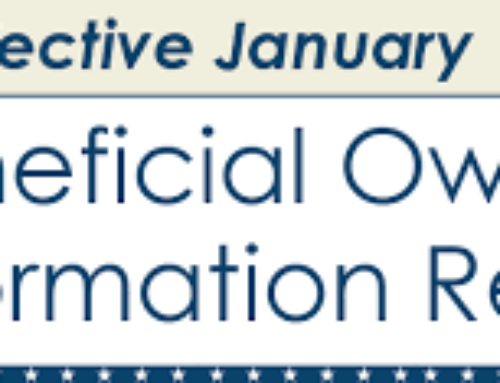If you are looking to purchase a business, you need to present your offer. That is when a Letter of Intent comes in. A Letter of Intent sets out the key terms of a transaction. It paves the way for negotiating the purchase agreement and other major transaction documents to be signed at the closing.
You may think you do not need a Letter of Intent (assuming you are the buyer), but the seller likely would expect one. Usually, a Letter of Intent is drafted by the buyer’s counsel and addressed to the seller. In a Letter of Intent, the buyer typically presents an offer to the seller. It sets out the essential terms of an offer to purchase a business in black and white and shows the seller that the buyer is serious about the proposal. Typically, the terms would include the purchase price, the form and schedule of payment, the property that will be purchased, any pre-requisites to closing on the transactions, exclusivity and confidentiality, and any other special conditions.
What is the upside?
A Letter of Intent can focus the negotiations and help avoid misunderstandings as the parties negotiate the transaction documents. While a Letter of Intent does not usually create any binding obligation to complete a deal, it can enhance deal stability and can boost the parties’ commitment.
A Letter of Intent can reduce the time and expense it takes to get to the final version of the purchase agreement and any other major transaction documents. It can also help identify potential deal breakers early on, so the parties would not spend time and resources to hire advisors and undertake extensive due diligence for a transaction that is unlikely to go through. Ultimately, a Letter of Intent can result in savings of time and money to the buyer.
What is the downside?
On the other hand, it takes time and resources to produce a favorable Letter of Intent. It takes an experienced attorney to advise and draft competently a well-balanced Letter of Intent that serves the buyer’s interests. Also, the negotiation and preparation of the Letter of Intent can somewhat extend the timeline and add to the negotiations, which are some of potential drawbacks to using a Letter of Intent.
What is the timing?
A Letter of Intent is delivered and entered into upfront — in the beginning of the process. That means after some preliminary due diligence has been completed, but before the buyer undertakes extensive in-depth due diligence and certainly before the drafting of the definitive transaction documents. Frequently, the seller would require a Letter of Intent to move forward with detailed disclosures.
Crafting the terms intentionally saves time and resources to the buyer who is charged with preparing and presenting the Letter of Intent. It is wise for the parties to discuss and agree on the key terms before the Letter of Intent is prepared. This way, the buyer has more assurance that the terms are likely to be accepted. Conversely, a buyer may wish to save certain terms for presenting in writing rather than in verbal discussions.
* * *
Petrova Law is a boutique business law firm focused exclusively on tax and business law matters. The firm assists businesses with tax strategy, IRS representation, sales and purchases of businesses (M&A), and general corporate law from startup launch through growth and maturation to exit and succession.
For more information, call us today at (336) 310-1210, email us, or contact us online.




